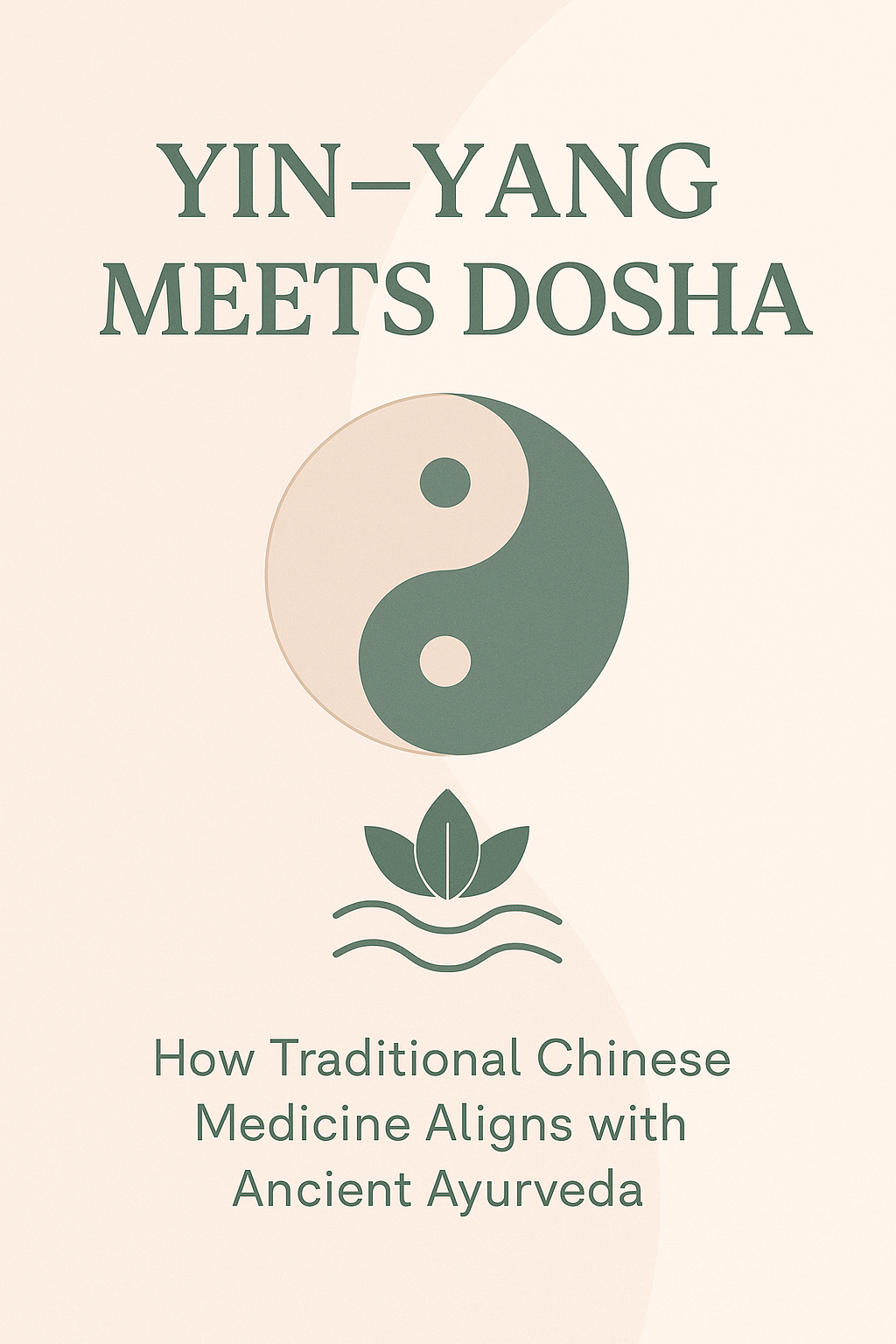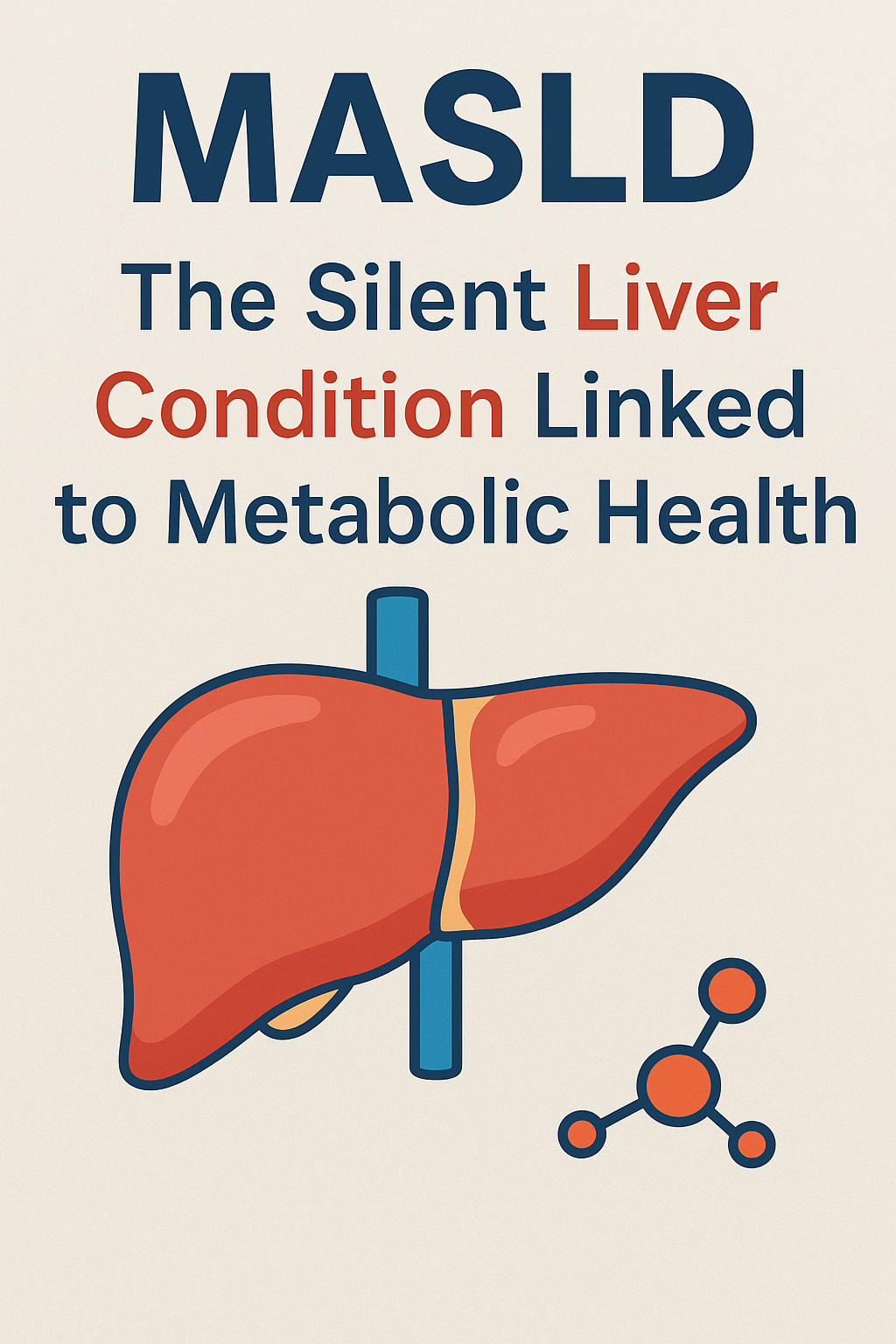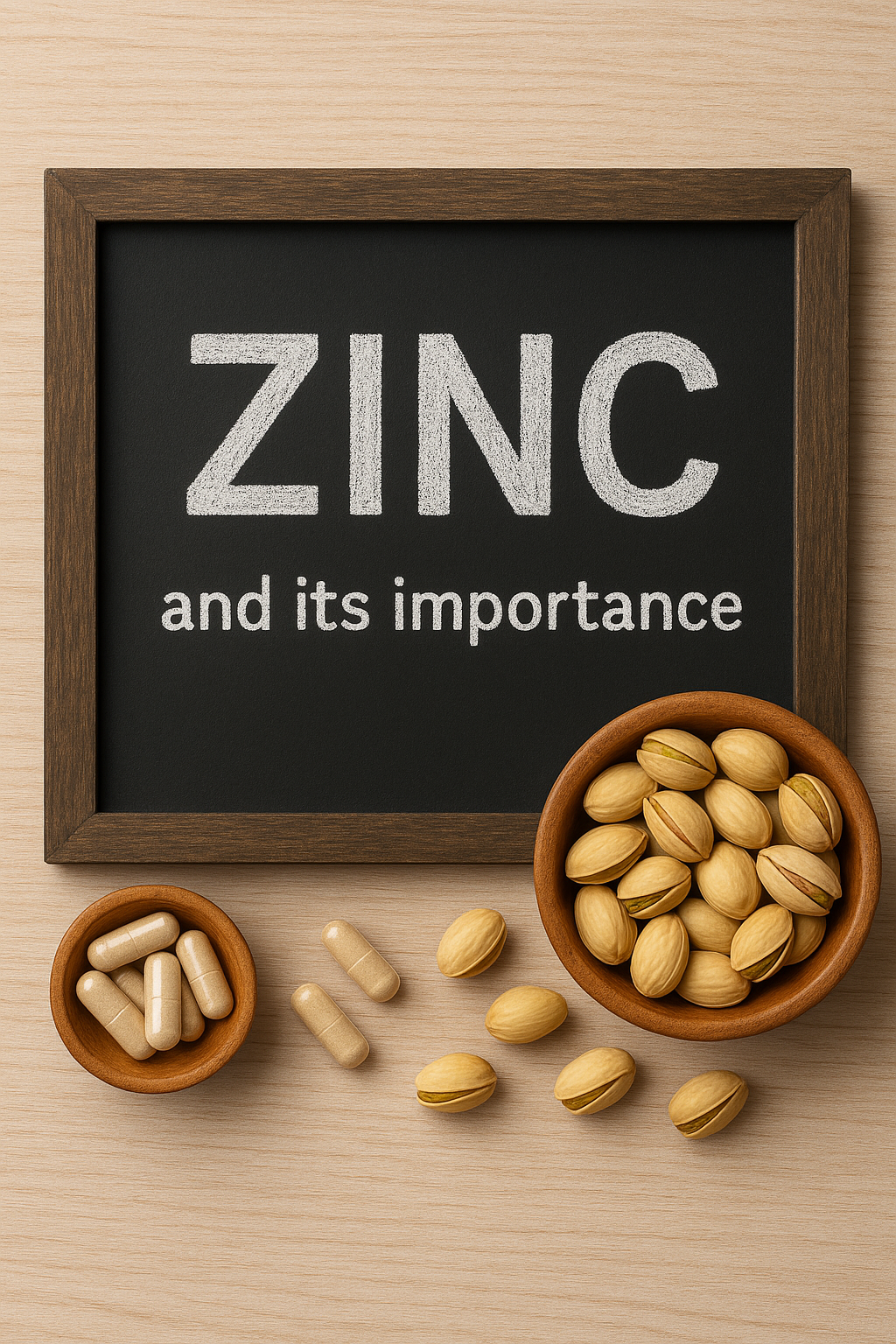Introduction
Across time and continents, two great systems of healing—Traditional Chinese Medicine (TCM) and Ayurveda—have evolved in parallel, both guided by the same fundamental vision: restoring balance within the human body and harmony with nature.
Though their philosophies arose thousands of miles apart, their principles often converge so beautifully that modern integrative medicine increasingly views them as complementary twins in the world of holistic healing.
1. The Shared Philosophy: Balance Is Health
At the heart of both TCM and Ayurveda lies one timeless truth: disease arises from imbalance—whether between Yin and Yang or among the Doshas.
| Concept | Ayurveda | TCM | Shared Idea |
|---|---|---|---|
| Vital Energy | Prana | Qi (Chi) | Life force that sustains and moves through the body |
| Balance Principle | Tridosha Theory (Vata, Pitta, Kapha) | Yin–Yang dynamics | Harmony between opposing but complementary forces |
| Health Definition | State of equilibrium among body, mind, and soul | Harmony between internal organs and the external environment | Health is dynamic balance |
Both systems emphasize that symptoms are not the disease itself but signals of disrupted flow—of energy, digestion, emotions, or environment.
2. Elemental Wisdom: Panchamahabhuta and Wu Xing
Both traditions explain the body and universe through elemental theories:
-
Ayurveda: Five elements (Panchamahabhuta)—earth, water, fire, air, and ether—combine to form everything, including the three doshas.
-
TCM: The Wu Xing or five phases—wood, fire, earth, metal, and water—govern organs, emotions, and cycles in nature.
Despite using different elements, both describe:
-
Cyclic transformation and interdependence of all life forms.
-
The belief that each element governs organs, emotions, and behaviors (for example, liver–anger in TCM, Pitta–fire–anger in Ayurveda).
This elemental lens connects human physiology to cosmic rhythm—“microcosm within macrocosm.”
3. Diagnostics Rooted in Observation
Before modern diagnostics, both systems trained physicians to “read” the body’s language through:
-
Pulse examination: Nadi Pariksha in Ayurveda, Mai Zhen in TCM.
-
Tongue observation: coating, color, and shape reflect organ health and digestive balance.
-
Face, skin, and eyes: used to detect energy blockages or internal heat.
These time-tested diagnostic tools rely on pattern recognition rather than isolated symptoms, aligning closely with the modern functional-medicine model.
4. Food and Herbs as Medicine
“Let food be thy medicine” could easily have been written in Sanskrit or Mandarin.
Both traditions emphasize:
-
Personalized nutrition: food must match one’s constitution (Prakriti or Yin–Yang type).
-
Seasonal eating: adjusting meals to maintain equilibrium with nature’s cycles.
-
Herbal synergy: combining herbs for balance, not just potency—Ayurvedic Rasayana herbs like Ashwagandha mirror TCM adaptogens like Ginseng.
Even culinary practices overlap—warm, cooked foods, spices to kindle digestion (Agni or Spleen Qi), and avoidance of extremes (too cold, too oily, too spicy).
5. Mind–Body–Spirit Connection
Both TCM and Ayurveda are deeply psycho-spiritual:
-
Ayurveda connects emotions to doshas—anger aggravates Pitta, fear disturbs Vata.
-
TCM maps emotions to organs—anger affects the liver, grief impacts the lungs.
Meditation, Qi Gong, Tai Chi, Pranayama, and Yoga all seek to restore energy flow and inner calm—bridging physical vitality with spiritual awareness.
6. Preventive and Lifestyle Medicine
Both systems are inherently preventive, not reactive:
-
Ayurveda: Dinacharya (daily routine) and Ritucharya (seasonal rhythm).
-
TCM: living in sync with circadian and seasonal changes, maintaining Qi through moderate living.
They converge on the belief that the best doctor prevents disease before it manifests—a philosophy modern healthcare is only beginning to embrace.
7. Integration in Modern Medicine
Today, global wellness centers increasingly integrate both systems:
-
Acupuncture with Ayurvedic massage (Abhyanga).
-
Herbal formulations blending Ashwagandha and Astragalus.
-
Functional medicine practitioners adopting dosha and Qi assessments to personalize care.
Research now validates many overlaps—from anti-inflammatory properties of herbs to stress modulation via energy balancing practices.
Conclusion: Two Paths, One Wisdom
Ayurveda and Traditional Chinese Medicine remind us that healing is not just about curing illness—it’s about cultivating harmony.
Both guide us toward a state where our energy, digestion, emotions, and consciousness move in rhythm with nature’s intelligence.
In unison, they offer a timeless message for modern times:
The more we align with nature, the less we need to fight disease.
🔗 You May Also Find These Readings Helpful:
- [Balancing Your Doshas: The Key to Holistic Health]
-
[5 Powerful Ancient Indian Breathing Techniques to Heal and Restore Health]

Akanksha Sharma
Dr. Akanksha Sharma, Head Writer and creator of AtoZ of Pregnancy, is dedicated to empowering women, parents, and families through 360-degree knowledge. She and her team provide evidence-based advice to guide families through pregnancy, parenting and beyond.






